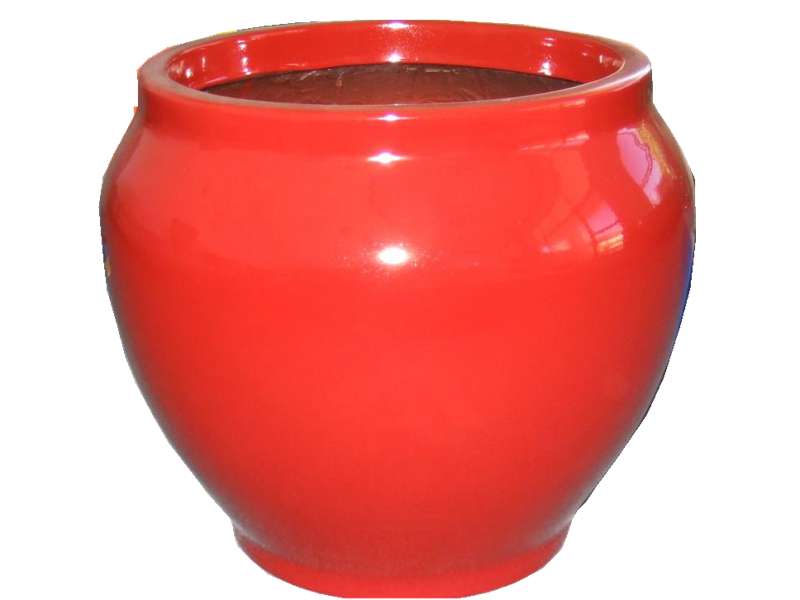
-
 Afrikaans
Afrikaans -
 Albanian
Albanian -
 Amharic
Amharic -
 Arabic
Arabic -
 Armenian
Armenian -
 Azerbaijani
Azerbaijani -
 Basque
Basque -
 Belarusian
Belarusian -
 Bengali
Bengali -
 Bosnian
Bosnian -
 Bulgarian
Bulgarian -
 Catalan
Catalan -
 Cebuano
Cebuano -
 China
China -
 China (Taiwan)
China (Taiwan) -
 Corsican
Corsican -
 Croatian
Croatian -
 Czech
Czech -
 Danish
Danish -
 Dutch
Dutch -
 English
English -
 Esperanto
Esperanto -
 Estonian
Estonian -
 Finnish
Finnish -
 French
French -
 Frisian
Frisian -
 Galician
Galician -
 Georgian
Georgian -
 German
German -
 Greek
Greek -
 Gujarati
Gujarati -
 Haitian Creole
Haitian Creole -
 hausa
hausa -
 hawaiian
hawaiian -
 Hebrew
Hebrew -
 Hindi
Hindi -
 Miao
Miao -
 Hungarian
Hungarian -
 Icelandic
Icelandic -
 igbo
igbo -
 Indonesian
Indonesian -
 irish
irish -
 Italian
Italian -
 Japanese
Japanese -
 Javanese
Javanese -
 Kannada
Kannada -
 kazakh
kazakh -
 Khmer
Khmer -
 Rwandese
Rwandese -
 Korean
Korean -
 Kurdish
Kurdish -
 Kyrgyz
Kyrgyz -
 Lao
Lao -
 Latin
Latin -
 Latvian
Latvian -
 Lithuanian
Lithuanian -
 Luxembourgish
Luxembourgish -
 Macedonian
Macedonian -
 Malgashi
Malgashi -
 Malay
Malay -
 Malayalam
Malayalam -
 Maltese
Maltese -
 Maori
Maori -
 Marathi
Marathi -
 Mongolian
Mongolian -
 Myanmar
Myanmar -
 Nepali
Nepali -
 Norwegian
Norwegian -
 Norwegian
Norwegian -
 Occitan
Occitan -
 Pashto
Pashto -
 Persian
Persian -
 Polish
Polish -
 Portuguese
Portuguese -
 Punjabi
Punjabi -
 Romanian
Romanian -
 Russian
Russian -
 Samoan
Samoan -
 Scottish Gaelic
Scottish Gaelic -
 Serbian
Serbian -
 Sesotho
Sesotho -
 Shona
Shona -
 Sindhi
Sindhi -
 Sinhala
Sinhala -
 Slovak
Slovak -
 Slovenian
Slovenian -
 Somali
Somali -
 Spanish
Spanish -
 Sundanese
Sundanese -
 Swahili
Swahili -
 Swedish
Swedish -
 Tagalog
Tagalog -
 Tajik
Tajik -
 Tamil
Tamil -
 Tatar
Tatar -
 Telugu
Telugu -
 Thai
Thai -
 Turkish
Turkish -
 Turkmen
Turkmen -
 Ukrainian
Ukrainian -
 Urdu
Urdu -
 Uighur
Uighur -
 Uzbek
Uzbek -
 Vietnamese
Vietnamese -
 Welsh
Welsh -
 Bantu
Bantu -
 Yiddish
Yiddish -
 Yoruba
Yoruba -
 Zulu
Zulu
inserting rock bits techniques and strategies for efficient
Inserting Rock Bits Techniques and Strategies for Efficiency
In the ever-evolving field of drilling technology, the insertion of rock bits plays a pivotal role in terms of efficiency and efficacy. Rock bits, the crucial tools that penetrate the Earth's crust, must be selected and inserted with precision to optimize performance and minimize costs. This article delves into various techniques and strategies for the effective insertion of rock bits, focusing on aspects that enhance overall drilling efficiency.
Understanding Rock Bit Types
Before diving into insertion techniques, it's essential to understand the different types of rock bits available. The three primary categories are roller cone bits, fixed cutter bits, and diamond bits. Each type has its unique advantages and is suited for specific geological conditions. Roller cone bits are versatile and perform well in various formations, while fixed cutter bits are designed for hard rock conditions. Diamond bits, known for their durability and efficiency, are ideal for drilling through tough materials. Selecting the appropriate rock bit is the first step toward achieving optimal drilling efficiency.
Preparation and Planning
The insertion of rock bits should begin with comprehensive preparation and planning. Drilling engineers must consider the geological characteristics of the target formation. Conducting a thorough geological survey can provide insights into rock hardness, structure, and composition. This information is vital for selecting the right bit and will influence the insertion technique adopted. Furthermore, preparing the drilling rig and ensuring that all components are functioning correctly will minimize downtime and enhance overall efficiency.
Insertion Techniques
inserting rock bits techniques and strategies for efficient

Several techniques can be employed during the insertion of rock bits to ensure efficiency. One widely used method is the inverse drilling technique, where the bit is inserted first, followed by the drill string. This method can be particularly effective in situations where space is limited or where the geology presents challenges. Another approach involves utilizing a torque-controlled system during insertion, which allows for better management of mechanical stresses and reduces the risk of damaging the bit.
Real-time Monitoring
Incorporating real-time monitoring technologies during the drilling process can significantly enhance the efficiency of rock bit insertion. By utilizing sensors that track parameters like rotation speed, weight on bit, and torque, engineers can make data-driven decisions to optimize drilling performance. This immediate feedback allows for adjustments to be made quickly, reducing the likelihood of failures and increasing overall productivity.
Continuous Evaluation and Adaptation
Efficiency is not a static goal but a dynamic process that requires continuous evaluation. After each drilling operation, assessing the performance of the rock bit can provide valuable insights into what strategies worked effectively and what didn't. By analyzing wear patterns and the rate of penetration, companies can refine their techniques and select more suitable bits for future projects.
Conclusion
Inserting rock bits efficiently is critical to minimizing costs and maximizing productivity in drilling operations. By understanding the types of rock bits, engaging in thorough preparation, employing effective insertion techniques, utilizing real-time monitoring, and continuously evaluating performance, drilling engineers can significantly enhance the efficiency of their operations. As technology advances, the strategies for inserting rock bits will continue to evolve, leading to even greater efficiencies in the future. Embracing these methods is essential for any organization looking to stay competitive in a challenging field.









